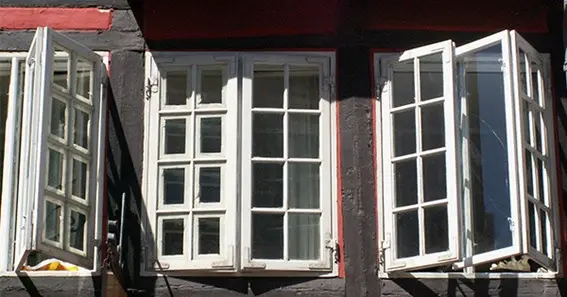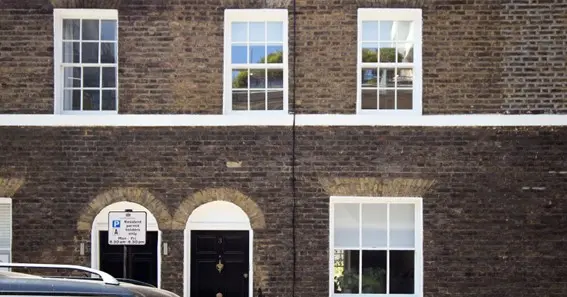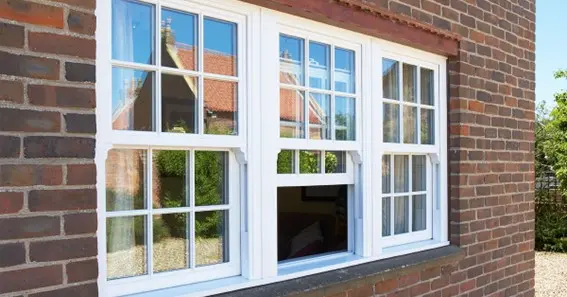What is a window sash? The answer to this fundamental question reveals a fascinating world of changing shape, function, and architecture. Knowing what a window sash performs can transform how we view these ordinary structures. This article discusses discuss window sashes’ history, types, materials, benefits, upkeep, joint difficulties, and emerging technologies. And guide you to understand what is a window sash and how this seemingly insignificant aspect of a structure affects its appearance and functionality.
What Is A Window Sash?
The window sash holds the glass and frame. This element allows the window to open and close safely and securely. Sashes can glide vertically or horizontally or hinge outward or inward. Fits inside the window frame.
Window sashes have long been crucial in window design. They evolved from simple wooden frames into simpler systems that improve window appearance and function. Technology and materials have changed window frame design and construction, resulting in many forms and functions. This was a briefing on what is a window sash.
Also Read N: What Is Digital Real Estate? Digital Real Estate Evolution
Evolution Of Window Sashes

Next after what is a window sash, let’s know about its origins. Simple window apertures were once covered in animal hides or fabric. From here come window sashes. Shutters on wooden window frames gained popularity. European Renaissance, especially in England and France, gave rise to the window sash.
Sash windows in the 1600s altered building design. The sashes on these windows could be lifted or lowered, making airflow and light control easy. Many Georgian and Victorian residences had vertically moving double-hung sash windows. They were popular because they were functional and attractive.
Also Read P: What Is A Glow Up? Important Information Regarding Glow Ups
Different Kinds Of Window Sash
Each window pane is designed for a specific architectural style and purpose. The most frequent sashes are single-hung, double-hung, casement, sliding, and fixed.
Single-Hung Sash
Single-hung sash windows have movable bottom sashes but fixed upper sashes. This shape is classic and airy. Double-hung sash windows contain two moveable sashes for better airflow and more straightforward cleaning.
Casement Window Sash
Casement windows have fixed side sashes that move outward or inward. They let in a lot of fresh air and great vision. The side-to-side movement of sliding sash windows makes them ideal for limited vertical movement.
Fixed Sashes
These picture windows don’t open. Their superb looks and extensive, clear views are their key draws. There are sashes for every style of architecture and function, and each has its perks.
Window Sash Materials
Many window frame materials have changed as technology has evolved and fashion tastes have altered. Traditional window screens were made of flexible, natural wood. Wooden sashes come in many types and sizes, making them suitable for historical restorations and classic designs.
Modern construction uses vinyl, aluminum, and fiberglass because they last and are low-maintenance. Vinyl doors are lovely for harsh weather because they don’t let water in and conserve electricity. Strong and light aluminum sashes offer windows a clean, modern design. Fiberglass sashes are the most durable and thermally efficient.
Good Things About Window Sashes

Now after knowing about what is a window sash, you should know about its positive aspects. Window shutters improve a building’s appearance and functionality. Better ventilation is a significant benefit. Moving windows make airflow easy to manage, which improves air quality and room temperature.
Another benefit is its appearance. Window sashes can be made of different materials and types to match the building’s architecture. Traditional wooden or modern metal window sashes can improve a building’s interior and exterior.
Window bars save energy, too. The sashes are correct, and the design insulates rooms well, keeping them cool in summer and warm in winter. This saves energy and improves comfort.
Additionally, window frames make homes safer. Modern window-locking systems prevent break-ins. Because they can withstand adverse weather, they safeguard building occupants.
Maintenance Of Window Sashes
Properly maintained window shutters last longer and perform better. Regularly cleaning windows prevents dirt and grime from reducing their effectiveness. Water damage can ruin timber frames, which need regular painting or staining.
Lubricating sash parts prevents them from sticking or becoming difficult to use. Sliding and double-hung sashes must move smoothly to perform correctly. Check and repair weatherstripping to maintain energy efficiency in windows.
Frame cracks, warping, or rot should be checked immediately for repair. Fixing tiny problems immediately can prevent them from worsening and costing more.
Common Problems With Window Sashes
Window sashes offer many benefits but can develop issues that make them appear unattractive or cease working. They are often challenging to open and close, and this may be due to dirt, broken gear, or being out of place. Performing maintenance and repairs on schedule can prevent this issue.
Air loss is another common issue. Gaps between the sash and frame can cause drafts and lower energy efficiency. To fix this issue, replace damaged weatherstripping and align everything.
Conclusion
Finally, the window sash is an essential aspect of window design that looks nice and operates well. It has evolved to suit homeowners and architects. History has given way to new technologies. Knowing window sash styles, materials, benefits, upkeep, joint difficulties, and emerging technology helps people choose windows. As technology and design improve, window sashes will remain significant in construction and building design. This is a brief article on what is a window sash.
FAQ
What Are Window Sashes?
The window sash holds the glass and frame. Open and close the window without damaging its construction or safety.
What Are Window Sashes Are Made Of?
Wood, vinyl, metal, and fiberglass are common window sash materials. Each material has advantages, and the one utilized depends on climate, architectural style, and maintenance.
What Are The Benefits Of Window Sashes?
Window frames help airflow, look nicer, save energy, and keep your home safe. They generally improve building appearance and functionality.
How Do I Maintain Window Screens?
As part of regular maintenance, clean and lubricate moving parts, check and replace weathers tripping, and check for damage. Properly maintained window sashes last and perform well.
What Issues Do Window Displays Often Have?
Poor opening and closing, air leaks, condensation between glass panes, and rotting wood in frames are common difficulties. Maintaining and fixing things on schedule can prevent these issues.
Sources:










